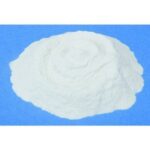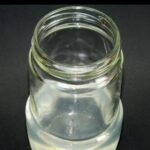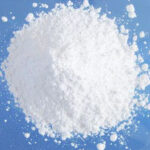Microsilica (White)
We are the stalwarts in the domain of manufacturing, supplying, wholesaling, and exporting Silica Fume Microsilica (White) These flavor grade chemicals are processed using pure and accurate ingredients that are procured from reliable and trusted vendors of the market. Our range is available in the market at leading prices in packs of different quantities.
Microsilica, It is a highly reactive and fine-grained material consisting of amorphous silicon dioxide particles. While microsilica finds extensive use in various construction applications, its utilization in FRP (Fiber Reinforced Polymer) and composite applications is also very effective and can enhance the performance of FRP composites.
Here are some applications and uses of microsilica in FRP/Composite Applications: 
Matrix Modification: Microsilica can be added to the polymer matrix, such as epoxy or polyester resin, to modify its properties. It improves the flowability and workability of the resin, allowing better wetting and impregnation of the fibers. This leads to improved fiber-matrix adhesion and mechanical properties of the composite.
Increased Mechanical Strength: Incorporating microsilica into the FRP composite can enhance its mechanical strength. The microsilica particles act as filler material, reinforcing the polymer matrix. This results in improved tensile, flexural, and compressive strength of the composite.
Reduced Shrinkage and Curing Time: Microsilica has a high surface area, which facilitates water retention in the composite matrix during curing. This helps to reduce shrinkage and prevent cracking. Additionally, microsilica promotes the reaction between the resin and curing agents, accelerating the curing process and reducing the overall curing time.
Improved Thermal and Chemical Resistance: Microsilica enhances the thermal stability and chemical resistance of FRP composites. It acts as a barrier, reducing the permeability of the matrix to water, gases, and chemicals. This property is particularly advantageous in applications where the composite is exposed to harsh environmental conditions or corrosive substances.
Decreased Coefficient of Thermal Expansion: The addition of microsilica to the polymer matrix can reduce the coefficient of thermal expansion of the FRP composite. This property is desirable when dimensional stability is crucial, as it helps minimize the risk of deformation or warping due to temperature variations.
It’s worth noting that the use of microsilica in FRP/Composite applications may vary depending on the specific requirements, composite system, and desired performance characteristics. Proper material selection, formulation, and testing are essential to ensure compatibility and achieve the desired results.
” width=”20″ height=”20″>






